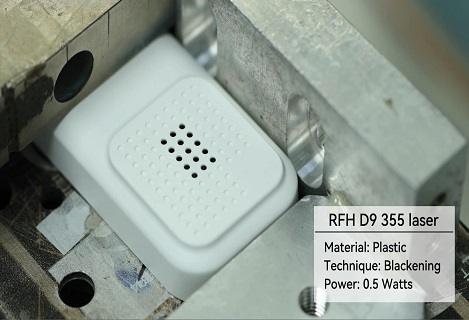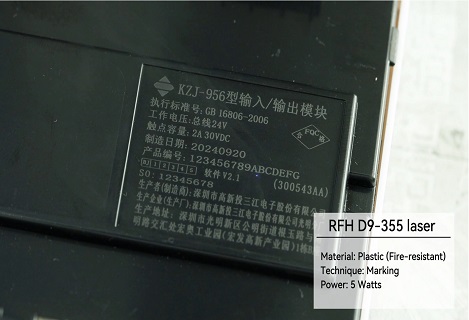RFH Industrial UV nanosecond laser systems have been making waves in the printed circuit board (PCB) industry. With its cutting-edge technology and precision, it's no wonder that Korean customers are starting to take notice and invest in this technology.
PCBs are an essential component in electronic devices, and quality control is crucial in the manufacturing process. The traditional etching method of removing unwanted copper from the board has limitations, including accuracy, speed, and the ability to produce intricate designs. Laser engraving, on the other hand, offers greater precision, speed, and flexibility in design.
RFH Industrial UV nanosecond laser systems are ideal for laser engraving PCBs. The high power output of the UV laser can vaporize copper quickly, and the narrow UV wavelength allows for minimal impact on the surrounding material. The precision makes it possible to create intricate designs with fine lines and perfect accuracy.
Korean customers have recognized the benefits of laser engraving for PCB manufacturing and have been investing in RFH Industrial UV nanosecond laser systems. These machines have proven to be reliable, efficient, and above all, cost-effective. The UV laser module has a long lifespan, which reduces maintenance costs and maximizes production uptime.
Another advantage of RFH Industrial UV nanosecond laser systems is the ease of use. The software is user-friendly, and the system is simple to install, operate, and maintain. Minimal training is required, and the system can be set up quickly, allowing for immediate production.
RFH Industrial UV nanosecond laser systems are also environmentally friendly. Unlike traditional etching methods that use harsh chemicals, laser engraving is a clean and safe process. There are no toxic fumes or hazardous waste produced, making it a sustainable and responsible choice.
In conclusion, Korean customers recognize the benefits of investing in RFH Industrial UV nanosecond laser systems for PCB manufacturing. The precision, speed, flexibility, cost-effectiveness, ease of use, and environmentally friendly advantages make it an ideal choice for the printed circuit board industry. This technology is likely to continue to gain momentum in Korea and worldwide.





































